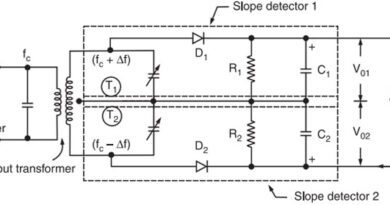Aerospace Engineering
Aerospace Engineers design, construct and operate aircraft, aerospace vehicles and propulsion systems. This includes planes, jets, helicopters, gliders, missiles and spacecraft. They are involved in researching, developing and testing new materials, engines, body shapes and structures that may increase the speed and strength of aircraft.
Aerospace Engineers are also responsible for planning thorough maintenance programs for aircraft and exercising strict safety and environmental controls. Aerospace Engineers also use their knowledge of electrical, electronic and computer systems for automatic control and communication systems for the operation of aircraft.
Aeronautical Engineering deals specifically with flight vehicles such as aeroplanes and helicopters. Work in this field is still available, however it is being overtaken by aerospace engineering.
Aerospace Engineers may be responsible for investigating faulty engines or other components, and for developing repair systems. They may be involved in designing improved air conditioning or fuel systems for aircraft or ground based systems for operations such as flight control. They may prepare technical or commercial information when competing with other companies for the manufacture or supply of equipment.
The aerospace industry in Australia is changing from having an introspective defence-dependent focus to a more export-oriented outlook. Opportunities now exist for research and development into composite material and manufacturing techniques, exploring how products are made. Many aircraft components are now made from advanced composite materials, such as carbon fibre reinforced plastics.
There are three main areas of work in the aerospace industry; design and manufacture, research and development and airworthiness operations.


